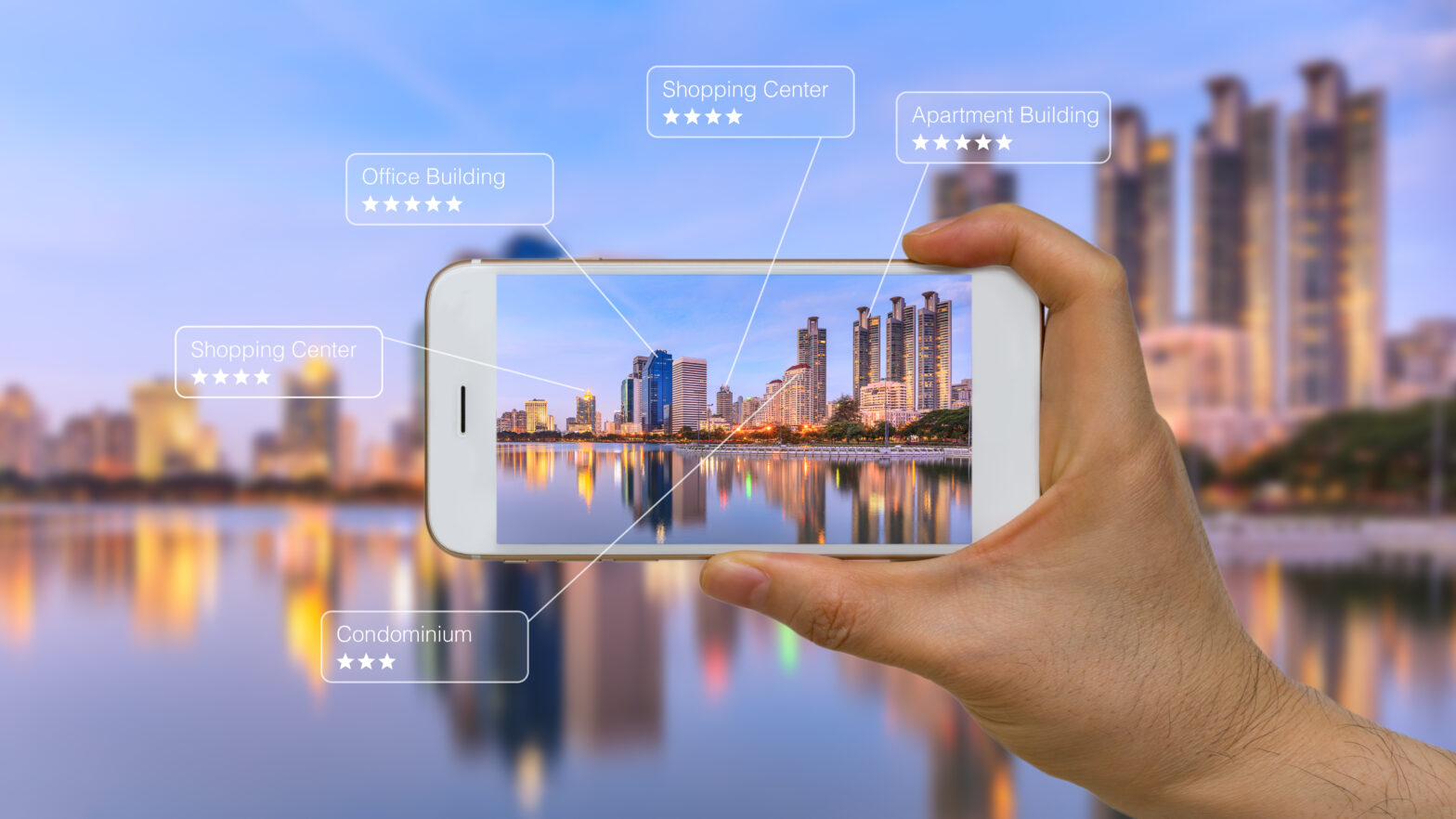Films like The Fifth Element, Minority Report and Blade Runner sold us a future where brands were omnipresent in the environment – a landscape dominated by hyperscale advertising and shops that know you by name. The Digital-out-of-Home advertising sector is growing faster than most advertising media, however there has been surprisingly little innovation if you think how far computing has progressed. These futuristic cityscapes still seem a long way of, that is until an innovative small business with big ideas, Lightvert, came onto the scene with its radical ECHO outdoor display technology.
We all experience the ‘persistence of vision’ effect, whereby light leaves a lasting impression on our eyes even when we’ve looked away. Lightvert has used this quirk of biology to create hyperscale adverts that can appear up to 200m tall, making them some of the largest in the world and bringing this technologically advanced future envisaged in sci-fi movies closer to reality.
Stephen Allen has provided his thoughts about the world-changing technologies small business owners should be aware of.
AR that works without a device
Most people think of augmented reality as a device that displays new information on top of the real world. Using phones, glasses or tablets, AR allows content creators to manipulate the landscape outside of the home. Of course most of you will know this, but have you considered the idea of AR that works without a device?
Technologies, including our own ECHO, are being developed that will work instead with our natural biology or the geometry of the landscape. ECHO, for example, allows a person on the street to see content that isn’t actually there, without the need of an additional device. We can create fleeting but powerful images using the sides of tall buildings, turning them into new icons, but without having to look through some additional technology hardware. This is device-less AR, and I can envisage a time in the not-so-distant future where this is prevalent.
Personalised AR
Pokémon Go brought Augmented Reality (AR) into the mainstream, when for the first time people realised mixing the real world with digital information can be highly entertaining. Now imagine if AR could trigger an advert that was relevant to the viewer. By tapping into a viewer’s data, advertisers of the future will be able to adjust an ad to suit. For example, an Audi ad could promote an SUV to an expectant family, or change to showing the latest R8 if you’re into sports cars.
Companies like VRtize are already working on building a platform to bring this experience to the public. Once we’re all wearing AR hardware in everyday life, traditional billboards could be converted into large blank canvasses, as anchor points for hyperscale AR adverts. This could also open up new real estate, such as the side of motorways, where passengers will be targetted without it causing any distraction to the driver.
Machine learning in the outside world
Machine learning is changing our online lives, whether we know it or not. But how will it change our lives away from the computer?
In advertising in particular, smart ads currently come from smart planners, who will analyse the available data to source the best location and timing to display an advert to a particular target audience. Now imagine if an intelligent algorithm could think like a human, and was capable of reacting to events as they occur in real time. Imagine if your bus stop advert could change to show a hot cup of cocoa when it starts snowing, or switches to selling you beachwear when the sun breaks through the cloud. This kind of intelligent, human-like thinking is already here, with companies such as Linkett developing tools for advertisers so they can adapt their adverts according to external stimuli.
Retail shopping, but more personal
Minority Report is often referenced when people describe the shopping experience of the future. Facebook supposedly knows you better than you know yourself. Can you imagine if the city streets or your local shop had this kind of information about you as well? BlueBroadcaster is a company that provides a platform for advertisers to create connected personalised adverts inside stores and at point-of-sale. They use Wi-Fi and Bluetooth technologies to track and learn your buying habits, essentially so they can sell you more.
Li-Fi
Li-Fi is the next big thing in communication, providing connectivity of incredible speed and a healthy improvement in stability. As long as you have a clear line of sight to the light source, a user will be able to enjoy uninterrupted connectivity.
It’s some way off, but I imagine a time where Lightvert uses Li-Fi to send messages out to the public using our ECHO devices. Brands could run treasure hunts around city centres, or provide hidden content that you can unlock with your phone or tablet.
The outside world is becoming more personalised, which means greater efficiency and more individual choice, although this might come at a compromise. Over-personalisation causes our worldviews to become restricted, such as we’re experiencing online in the so-called echo chamber of social media. The great thing about ECHO is that it enables the content creator to retain control over what is shown, therefore opening minds up to new possibilities.
Small businesses like ours have a big role to play in deciding the future, and it’s our job to ensure these exciting new technologies are channelled the right way.
This article is by Stephen Allen of Lightvert.




